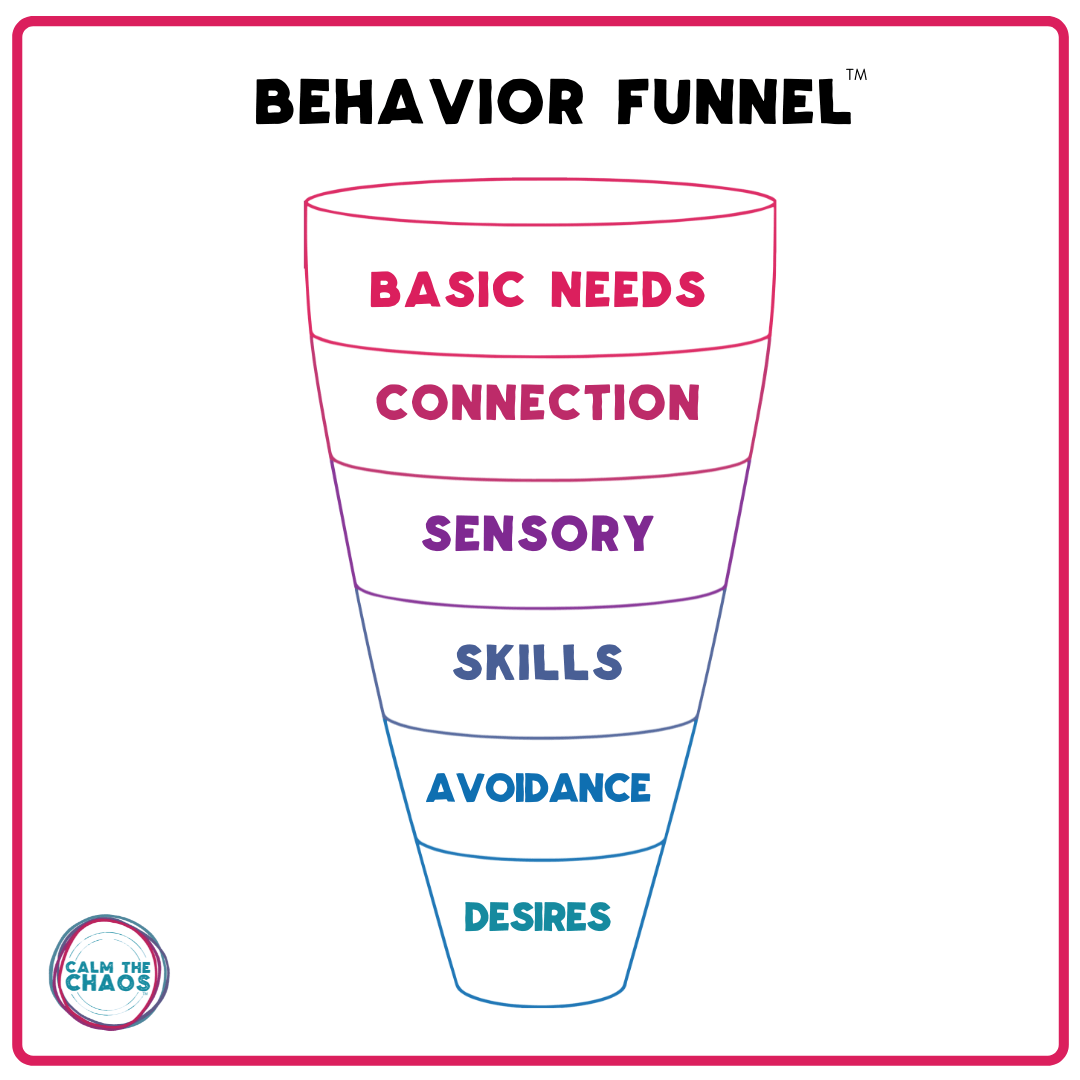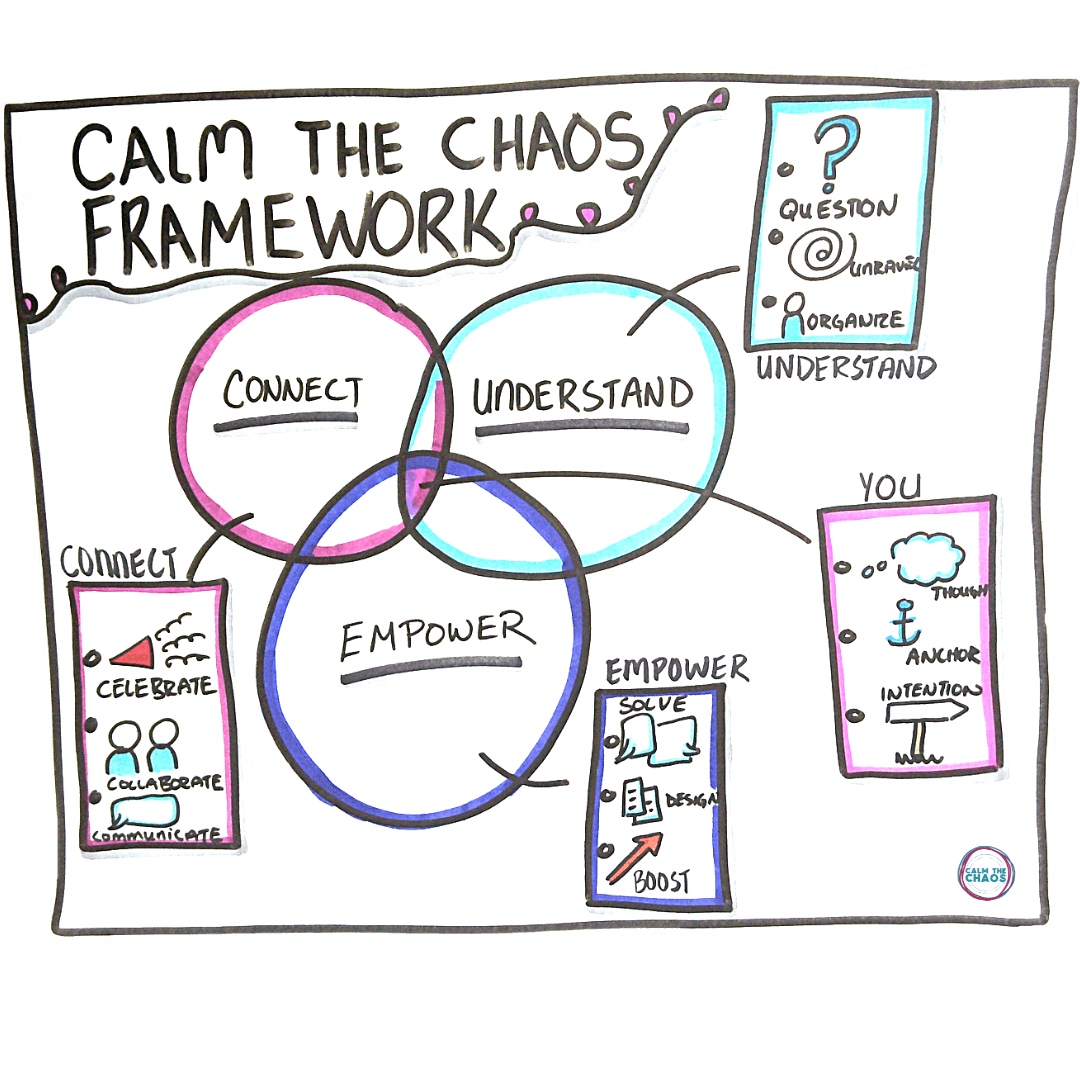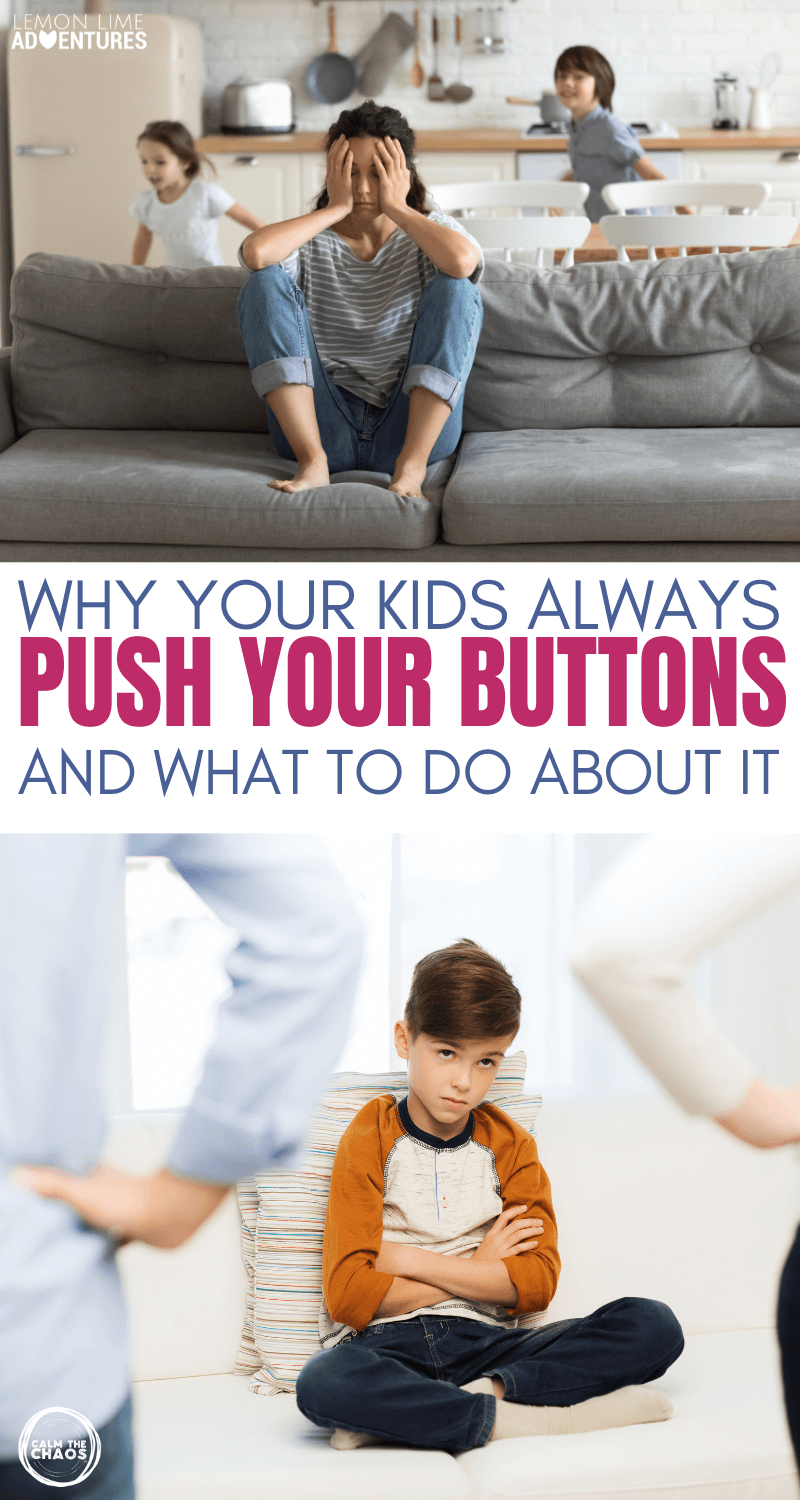Do your kids constantly push your buttons? It feels like they are just testing you at every turn and purposely misbehaving just to get under your skin. It might even feel like they ONLY listen when you are yelling.
What if I told you, that not only is there a scientific reason your kids are constantly pushing your buttons, but that there is a proven framework that can stop the limit testing and triggering behavior once and for all.
And no… I’m not going to suggest firmer limits and boundaries, ignoring bad behavior, or rewarding more of the behavior you want to see.

My Kid Pushes My Buttons…
Guess what? You are not alone.
In fact, when we surveyed our community of over 300,000 parents, this was one of the most common behavior struggles found.
” My kid just pushes my buttons.
They know exactly what to push.
They just test the limits.
They test me until I just blow.
I try to remain patient.
I try to remain calm, but I just can’t hold on.”
In today’s post, I want to share why your kids push your buttons and an in-the-moment plan to help you keep your cool, even when you feel like your kiddo is completely testing you.
Click here to watch the whole video and comment
Yay, you! You’re Human…
First, I want you to know that none of us have infinite patience. No matter how good of parents we are, we all end up getting upset and losing our shit at one point or another?
We to follow and use all the best strategies, read all the books, take as many deep breathes as we can, and no matter how hard we try, we just can’t always remain calm.
At some point, we all have a breaking point!
Some good news …
- There is hope. It won’t always be like this. In fact, with the framework I’m going to share today, a little bit of practice, and an plan for the next big storm… you really can get through these extremely stormy patches.
- Yay, You! You are human. That’s right, you losing your ever-lovin’ mind is just a sign that your brain is working. Most likely your yelling and fit throwing, is a reaction or trigger from something your kid said (or didn’t say) that reminded your brain of some deep rooted memories of feeling unheard, unseen and disrespected. In short, your brain is trying to protect you from it happening again.
A Proven Framework for Limit Testing (and More)
What does it look like when your kiddos test limits?
- You tell them what is and isn’t acceptable, but it just doesn’t make a difference
- Your kids know exactly what words or noises make your skin crawl
- You find yourself yelling after repeating yourself over and over again
Today I want to walk you through how to create in the moment plans for the most chaotic, and most stressful, stormy moments that come with raising kids with challenging behaviors.
It’s Not About a Magic Bullet…
All of our plans have four key elements.
This is the backbone of the Calm the Chaos philosophy. We believe that all plans these four pillars are vital for getting through the most catastrophic storms and calming whatever is your biggest Chaos causers are right now.

Truth #1: Your Words & Thoughts Play a Powerful Role in Limit Pushing
Here at Calm the Chaos, we believe that you are the linchpin as the adult.
You are the one that really holds everything together.
And honestly, if you’ve got a kid with challenging behaviors, you might be their ONE person.
What I mean by this… is I believe every child simply needs one person in their life that can:
- guide them,
- believe in them,
- empower them
- connect with them,
- and understand them.
Children only need one person to take on that role and be that person for them.
So if you are that person, congratulations for taking on that role.
You are the linchpin.
When we’re talking about dealing with our kids triggering us, pushing our buttons, or setting us off, the first course of action isn’t to jump into getting the child to change the behavior (We will get to that) but instead we have to focus on shifting our mindset, taking a little tiny piece and making a shift in the moment.
Think about it this way.
When you say…
My kids push my buttons.
My kids do this on purpose.
My kids just know how to get under my skin.
My kids are just testing me.
You are inadvertently building up a resentment towards your children and their behaviors. And believe me, even if you never say anything around your kids, they can feel the energy around the resentment.
- Your words are incredibly powerful.
- Your thoughts are powerful.
- Your energy is powerful.
When I coach parents, I often hear phrases such as…
“My kid does this to me.
My kid purposely disobeys me.
My kid knows what to do and doesn’t do it just to get under my skin.”
As I listen to them speak about their struggles, I can see their eyebrows furrow, their shoulders raise and their energy deplete.
The entire mood of the conversation shifts. I’m not the only one that notices this shift. Your sensitive, emotional, empathetic kid does too.

So what can you do instead?
Make a simple thought shift.
Instead of …
“My kid is doing this on purpose”,try…
“My kid must really need me right now.”
You see the truth is, your kids most likely don’t have the emotional intelligence or awareness to describe their true wants and needs and it comes out in the most peculiar and often troubling ways. They are doing the best they can, even though it seems like they are just manipulating you.

And if we look even deeper, they ARE doing the annoyance on purpose.
They want you attention for a need that isn’t being met.
However, they need help figuring out what’s wrong and what they need.
We call this a thought monster (a belief or thought that holds you back from making forward progress.)
So the next time you get that nagging thought monster creeping in whispering (or yelling) ” My kid is ALWAYS pushing my buttons.” simply push that thought to the curb and swap it for “My kid NEEDS me”
Doesn’t that already feel lighter?
Your child can’t push your buttons if you don’t let it get to you.
Truth #2: Pushing Your Buttons is a Sign of a Need for Connection
When your kids are making annoying sounds, backtalking or ignoring you, connection can be the last thing on your mind.
I get it.
I also often hear from the struggle..
What? You want me to be their friend.
You want me to sit down and play a game with them while they’re being rude to me?
This is where most people get connection wrong. This is what I like to call an A to Z solution (it has to be all or nothing).
Instead I want you to move closer from A to B, just a slight shift during the storm.
The fastest way to get through any power-struggle is with communication (both verbal and non-verbal).
Save the sit down, heart to hearts for later.
Right now I just want you to focus on using short simple sentences that mirror back what you are seeing.

5 Simple Scripts to Use When Your Kids Push Your Buttons
- ” I see you having a hard time. How can I help?”
- ” I notice you keep repeating yourself. I wonder if you need something?”
- “I hear you keep interrupting. I am wondering if what you want to tell me can wait?”
- “I wonder how we can work together I wonder to figure out this plan.”
- “I see that you’re very upset, right?”
The idea here is that you are using I-statements to mirror back what behavior you are seeing.
It is important to realize why your child is not responding to you IN THE MOMENT…
Their brains are in shut down mode and are either in fight, flight or freeze as a protection mechanism.
When you are yelling, when they are in Hulk mode, or when they are ultra silly and struggling to calm down, know that your child’s emotional and sensory systems are overloaded and dysregulated. They are no longer able to receive or accept feedback or process information they typically would.
Truth 3: Limit Pushing is Just the Tip of the Iceberg (there’s a very REAL reason for the outbursts)
I’ve touched on this a tad, but the behavior you are seeing:
- the repetitive behavior,
- the copying,
- the ignoring,
- the backtalk,
- the interrupting
- etc.
All of these behaviors are simply the tip of the iceberg and not the REAL issue.
In fact, what you’re seeing is just like the symptom like the fever or the itch, not the root cause. While Iceberg Theory is not brand new, it is a newer concept that many of us have never been introduced to, but if we have then we don’t really know what to do with it. That’s why I created The Behavior Funnel. The behavior funnel is a quick assessment of what’s hiding under any behavior and the need it is communicating.
There are 6 reasons for EVERY behavior:
- Basic Needs
- Connection
- Sensory
- Skills
- Avoidance
- Desire
For most people, getting to the root of the behavior has been the most challenging part of parenting.
Maybe even putting band-aids on all along, but never, truly getting to the root issue.
In the heat of the moment you can’t get into a full fledged assessment however one of the most powerful things you can do is help your kids feel safe and connected, heard, valued, and seen.
No more assumptions.
Instead of assuming that:
- the behavior is just to drive you crazy,
- they’re just out to get you, or
- they’re there to defy everything you say, or
- they have absolutely no respect for you
When you assume the behavior is just out of spite, you get resentful (causing your reactions and connection to diminish).
However, I encourage you to get curious.
Here’s what this looks like in the moment.
Questions to ask yourself to determine if limit-pushing is caused by a Basic Need:
- I wonder what this could be about?
- I’m curious what do they need?
- Do they need to feel safe?
- Are they acting out of fear?
- Are they worried that something is about to happen?
- Are they overexcited that something is coming?
- Are concerned about what’s coming next?
Questions to ask yourself to determine if limit-pushing is caused by lack of connection:
- Are they having some friend trouble?
- Are they having some siblings trouble?
- Do they feel disconnected to you?
- Do they feel like they can trust you?
- Do they feel like you see them for who they are in that moment?
- How can you create moments of safety to help your kids feel seen, heard, ad valued.
I could go on and on through the funnel, which we cover in Calm the Chaos programs. But I know these questions above are a great place to start without overwhelming you.
Here’s the thing. We can read all the parenting blogs in the world and we can read all the books and go to all the summits and get all these tips and tricks.
But a lot of times it’s a putting a bunch of patches and band-aids on the root problem.
So in the moment, it’s important to pause instead of using these tips and tricks and simply get curious.
” What is it you need right now?”
My theory… safety.

So often parents, teachers and even professionals jump to the “skills” they are lacking, the desires they have or the thing they are avoiding.
Safety gets passed over because there is a misconception that safety meas having a good home with food water and shelter.
However, for humans to feel safe, we need to trust those around us, feel seen and heard, and feel secure in our environment.
And let’s get real a moment… We’re human and our entire planet has gone through a global pandemic. More than a full year of a pandemic which means none of feel as safe as we did over a year ago.
The key to getting to the root cause in the moment is to be that safe place for your child, listen and get curious to what their behavior is trying to tell you.
I guarantee you, this will change your relationship with your child.
Truth #4: Setting Firmer Boundaries IS NOT the Solution
A lot of people skip straight to the empowerment.
They see a meltdown or their kids pushing their buttons and immediately jump to “let’s solve this. Let’s make a plan.”
CAUTION!!!
Don’t jump straight to skill-building.
In fact, I’d warn you to leave skill building out of the equation entirely until after the storm has passed.
You know just as much as I do that if you try to “teach your kid a lesson” all they will hear is Charlie Brown’s teacher’s voice or worse get triggered into worse behavior.
And if you are still upset or set off by their behavior, you are in no place to “teach” anything.
So it’s the best of both of you to extend this to another time.
Hear me when I say this piece IS important, just not immediately.
Empowerment is so important.
You have to empower you.
You have to empower them.
You have to skill build.

But how? Here’s what you can do.
You can solve the problem together to make a plan for next time.
- Describe the behavior.
- Describe how it makes you feel.
- Describe how you percieve it.
- Acknowledge that this isn’t their intention.
- Ask for collaboration.
It would sound like this:
“You know what? When you say ….
…it makes me feel really unheard.
It makes me feel like you don’t appreciate me.
And I know that’s not what you’re trying to say.
So maybe we can come up with a plan for what you can do when you need me
that doesn’t involve you taking jabs at me, calling me names or doing some things that we’ve talked about.”
By having these conversations, you are helping your kids become more aware of how to self-regulate, how to advocate for their own needs, and how to communicate when someone “triggers” you.
These are life skills.
You can attempt to give consequences and rewards for the behaviors in the moment, but unfortunately this doesn’t actually teach children how to change behavior, react differently or process the underlying root cause.
Word to the wise: This change is not going to happen overnight.
Don’t expect this piece to happen overnight.
Don’t throw it away because it doesn’t work the first time.
Instead, revisit the plan and make small tiny tweaks each time.
The goal is working together to create a plan for a way to solve this problem in a different way to get their needs met without the need of pushing buttons, without the need of tantrums, meltdowns, outburst.
You need them to know that you value their opinion as a team and you want to work with them.
This is a process that changes over time. You can do this!
Your In the Moment Plan for When Your Kid Pushes Your Buttons
It really is that simple.
It works because it’s all based in human psychology, what humans need and best practices of raising strong successful kids that can advocate for their needs and wants.
It comes down to those 4 key pieces:
- You – your thoughts affect your reactions and therefore your child’s
- Connect – the basis of fixing any struggle, especially boundary pushing is with simple communication
- Understand – in the moment, get curious. What is the ignoring or name calling really pointing to.
- Empower – After the storm has passed collaborate to build skills and create an action plan that empowers both you and your child.







